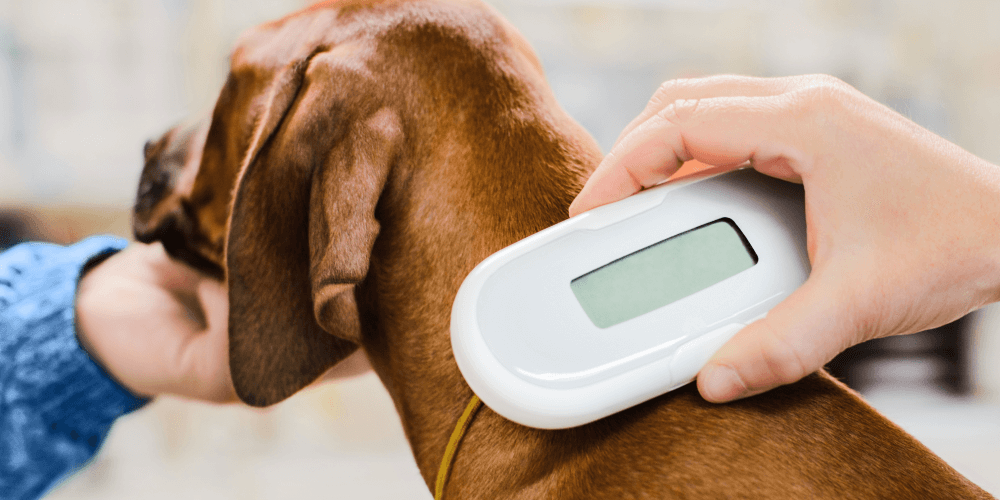Which is better – the microchip or the tracker?
Early in their pet parenthood, everyone asks themselves the same question – should I microchip my dog or invest in a GPS tracker? Each has its own benefits, which we lay out for you below. After weighing them out and understanding the pros of each, you will most likely find that both play an important role in protecting your pet.
Here are some key questions to ask yourself when considering the right solution for your pet’s safety:
Do you want reactive or proactive tech?
Traditional microchipping and RFID tags are reactive. They only come into play after something has gone wrong, particularly when your missing pet has been found by a good Samaritan and brought to a vet or shelter. That vet or shelter needs the right technology to read the chip, and the process could take hours, days, or even weeks. On the other hand, Whistle trackers are proactive. You can set up a geofence with them and the tracker will alert you if your pet somehow gets out of bounds. Whistle trackers connect to your smart phone so your pet’s location is always just a tap away.
How easily can the tech be damaged?
Since a microchip is inserted under a pet’s skin, it’s naturally protected from the elements or rough play. GPS trackers need to be affixed to a collar and can potentially fall off or get damaged. Whistle Twist & GO collars, however, provide seamless integration for your GPS trackers so they attach tightly and securely, and Whistle Health & GPS and Health & GPS+ are both waterproof as well in case your pup encounters any wet weather.
Does the tracking tech come with other features?
Microchips only provide your pet’s ID information, but GPS trackers like Whistle offer insights into your pet’s well-being in addition to location tracking. You can monitor their health, set daily activity goals based on age, weight, and breed, and get access to virtual veterinary services, all within the same app.
What are the costs of each?
Microchips are relatively inexpensive and a one-time procedure, while quality GPS trackers, given all the features listed above, can cost a bit more (For example: Whistle GO Explore - $149.95 + monthly subscription).
Having both a microchip inserted under your pet’s skin AND a GPS device like a Whistle tracker connected to your pet’s collar is the most ideal situation for your pet’s safety. A Whistle pet wearable covers your daily needs – location tracking, health reports, and activity summaries – while a microchip works as a critical backup, just in case your pet finds themself in a shelter. With both in use, you can have peace of mind that allows you to focus on the things that really matter, like fun, exercise, and sloppy lick attacks.









